With browsers like Safari and Firefox discontinuing support for third-party cookies and Google's impending ban for Chrome users by the start of next year, the reliance on third-party data for targeted advertising faces a substantial challenge.
Some businesses will continue to be unhealthily reliant on ads for lead gen, and when you combine weaker targeting with constant algorithm roulette; now is looking like an excellent time to evaluate your chosen communications channels. Make sure you have a healthy mix in play as you plan for the year ahead, ready for anything 2024 might throw at you!
The Basics
Why pay attention to your marketing channels?
You’ve got the sales information you need – you understand your customer acquisition path, know your win rate, and have a solid grasp of your average deal size. Now, it’s time to put that data to work and allocate your marketing budget effectively. But how do you know what to spend and where? Selecting the right marketing channels begins with a deep understanding of your audience.
By scrutinising past data, you can identify the most effective content distribution channels for your business. Analysing conversions lets you pinpoint which channels have historically delivered the highest conversion rates; for example, If a particular social media platform consistently drives conversions, it definitely warrants increased focus (and budget!).
By properly evaluating the effectiveness of your chosen channels, you can work smarter by doing more of what works, and binning what doesn’t! Don’t let those fruitless channels rot, kick them to the curb; after all, you can’t make lemonade if you don’t have any lemons to begin with…
Top Marketing Channels for 2024: Adapting to the Changing Landscape
number one
Email marketing is a powerhouse
I’m not going to lie, we’re so excited about the resurgence of email marketing! It’s a great way for businesses and brands to double down on the shift back to the ‘human’ approach. And we’re not talking weighty convoluted newsletters, but personalised, deeply segmented, simple comms.
In 2024, we'll see a shift towards email simplicity that will go beyond the aesthetics – it will be a strategic move to cut through the digital noise and engage users in a more authentic way.
TIPS FOR EMAIL MARKETING
How to use email marketing in 2024
If you want to put your best foot forward with well-segmented emails in 2024, consider the information you gather from prospective clients right from the start. If you’re only asking for a name and email address at the point of consent, segmenting without some serious desk research will be tricky. So, put some thought into your form fields and data collection.
Understanding where each type of email fits in the customer journey helps optimise your marketing strategy for different stages of customer interaction. Read more about full funnel marketing here.
Click below to expand
Provide valuable content, such as case studies or whitepapers, to build trust and educate leads.
Maintain engagement with leads and prospects by sending relevant content and personalised messages.
Focus on converting warm leads into customers with offers, promotions, or product demonstrations. Case studies can also be great here if relevant to your prospect’s challenge. Another reason why understanding your audience is essential.
Welcome new customers and guide them through using your product or service. This will save you time, standardise your responses and ensure everything runs smoothly – automation and workflows are your friends here!
Stay in touch with inactive or lapsed customers to encourage them to re-engage. Aim to bring back customers who may have lost interest.
number TWO
SEO and Content Marketing Integration
We’ve been banging this drum for years. Businesses must continue to invest in optimising their content. SEO is a bedrock marketing channel that will reap long-term benefits (if you do it right).
"The future of SEO is trending towards a more user-centric, ethical, and technically advanced approach."
TIPS FOR SEO + CONTENT
The SEO and Content Partnership in 2024
SEO and content have always worked well together, but in a post-Helpful-Content-Update world, you can’t expect SEO to do the heavy lifting for bad content or vice versa.
Think about your content strategy with the principles of E-E-A-T in mind: Expertise, Experience, Authority, and Trust.
What topics really matter to your business? What gets you riled up in your industry? What does your business do really well that you never shout about? All these areas make great content, and all that follows is to optimise them well. Firing out three blogs a week on surface-level topics might have got you ranking back in the day, but that won’t work anymore. Some content shouldn’t even make it onto your website or blog – it might be better suited for another channel!
TIP!
Content ideas will flow once you’re clear on your strategy. These should be written into a content plan to keep you on track. But before you begin writing fresh, optimised content, review what you already have.
number THREE
Influencer Marketing Strategies
According to a recent study, 94% of marketers believe influencer marketing is a successful strategy for B2B businesses. However, only 24% of B2B businesses use influencers in their overall business plan. FORBES
By 2024, B2B companies will create distinct influencer roles, separating from standard social media tasks.
TIPS FOR INFLUENCER MARKETING
What B2B Influencer Marketing might look like in 2024
We already follow some incredibly inspiring B2B influencers using unexpected channels like TikTok to create bingable content & promote trust (think middle funnel engagement). Again, this is where audience understanding is critical. If you know the common psychometrics/beliefs and interests of people in your audience, you can better understand where they’re hanging out and what floats their boat.
“Just because the multinational company you want to work with isn’t on TikTok, doesn’t mean their brand manager isn’t” Birdcage Marketing.
But how does influencer marketing work in the B2B environment? You’re probably already doing some of it.
Click below to expand
- Identify respected figures in your industry who align with your brand values.
- Collaborate on webinars, panel discussions, or joint thought leadership content.
- Work with their expertise to add credibility to your B2B brand.
-Invite influencers to contribute guest posts to your blog or co-create content. This mutually beneficial approach allows influencers to reach a new audience while providing valuable content for yours.
Allow influencers to take over your company’s social media accounts for a day. This provides a fresh perspective and engages your audience with influencer-generated content.
Invite influencers to speak at industry events or webinars hosted by your company. Their participation can attract a larger audience and improve the event’s credibility.
Encourage employees to become influencers within their professional networks. Provide training and resources to help them share company content and insights.
Host influencers on your company’s podcast or participate as a guest on their podcasts. This expands your reach to their audience and fosters cross-promotion.
Establish partnerships with influencers in related B2B sectors.
Collaborate on joint initiatives, co-branded content, or events to reach a broader audience.
number FOUR
Paid Advertising
Despite third-party data challenges, paid advertising will remain effective with strategic targeting. We recommend working with experts to make sure you don’t waste budget on ineffective campaigns.
As the landscape changes, brands and agencies must begin testing cookieless advertising solutions now to ensure a smoother transition later. A common misconception is that cookieless paid ad solutions are new, unexplored ground, when in reality techniques such as Contextual Ads have been around for years and are still growing. With the advent of Cookieless Marketing, ‘Global Industry Analysts’ predicts that the Global Contextual Advertising Market to Reach $562.1 Billion by 2030. Advertisers should also begin experimenting and reading up on Google’s Privacy Sandbox and get familiar with the various APIs that are being developed to help maintain targeting & measurement capabilities, while balancing the privacy of the end-user. Exploring the implementation of server-side tracking is also an excellent first step for any brand when taking the first steps into cookieless marketing. Client and server-side tracking are two routes to collecting audience data. With client-side tracking, the user’s browser (client) sends data to the tracking platform’s server i.e. Google Ads. Whereas, server-side tracking sends the user data to your website server first before being transferred to the tracking platform. This approach offers a way to track users and their behaviour across multiple channels, touchpoints and devices, while still adhering to new privacy regulations and preferences.
TIPS FOR PAID ADVERTISING
How you can help your paid advertising efforts in 2024.
Page Quality Score is pivotal in determining your paid ad campaigns’ effectiveness and cost efficiency. It’s a metric used by platforms like Google Ads to evaluate the relevance and user experience of the landing page associated with your ads.
A high-quality landing page will positively influence your ad performance, while a poor-quality page may result in higher costs and lower visibility.
Click below to expand
Ensure that the content on your landing page aligns seamlessly with the ad’s messaging. Example: If your ad promotes a special offer, the landing page should prominently feature details about that offer.
Optimise your landing page for fast loading times. Example: Users are more likely to bounce if a page takes less time to load, negatively impacting user experience and Quality Score.
Design your landing page to be mobile-friendly. An excellent mobile experience can result in higher scores.
Have a distinct and compelling CTA that guides users towards the desired action. If your goal is lead generation, a well-placed and persuasive CTA can enhance conversion rates.
Avoid duplicate or low-quality content on your landing page.
Once you’re sold on the channels at play, it’s important to maintain a diverse mix of content types throughout the funnel. This will support the user at different stages, ultimately leading to more conversions and sales. For more guidance have a read of our full-funnel marketing blog – or if you want to quickly flag your strengths and vulnerabilities, take our Lead Leak test.
Are you leaking leads?
Answer 21 questions to discover where you’re dropping leads. Get vital guidance on how to improve your communications with our Lead Leak Gap Analysis.






